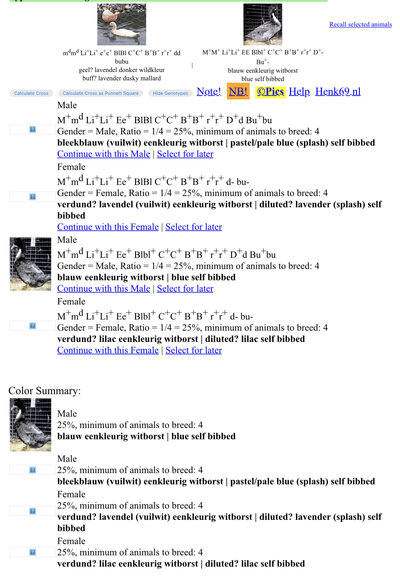You need to teach me about duck genetics. This is fascinating even though it made zero sense to me. Sex linking makes slight sense to me, and I get the darker colors typically mean males, but I feel like Swedish ducks should be their own bird entirely with how cool they are with breeding
.
I'm mostly confused about this,
what is an allele (for dummies please) and how do you determine if you have a specific sex-linked color of duck?
Sorry for taking over the thread with a different question, I can start a new thread if this question will blow up this thread.
That's such beautiful duck though, @ShovelsCoffee !
You probably should not have opened that can of worms. I am a high school science teacher (Biology and Chemistry) so I love to explain things, probably to a fault. Anyway, a gene is a specific section of DNA that codes for a specific protein. Similar to the way a cookbook has different recipes. Genes are the recipes for different proteins in your DNA. Some genes have more than one version, these are called alleles. For example, one gene in people controls eye color (there are others too). This gene comes in two versions or alleles, there is the brown or dark allele which results in melanin being put in the front of the iris and dark colored eyes or the blue allele which prevents this melanin and results in blue colored eyes. We humans and ducks all have twice as much DNA as we need because we get one set of recipes or genes from our mothers and one set of genes from our fathers. Some people have two brown alleles and therefor brown eyes. Some have two blue alleles and therefor blue eyes. And some have one of each. Since they have the "recipe" for melanin to be put in the iris they have brown eyes. As you probably remember from school, we call an allele dominant if it's trait shows when you have one of each.
Ok, that was probably longer explanation than needed. But if you want to understand duck genetics and which alleles are dominant or recessive in them, Pyxis has written a great article. Here is a link to it:
https://www.backyardchickens.com/articles/mallard-derived-duck-color-genetics-basics.74277/



